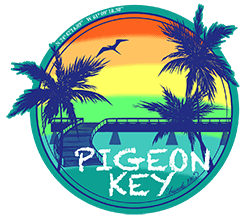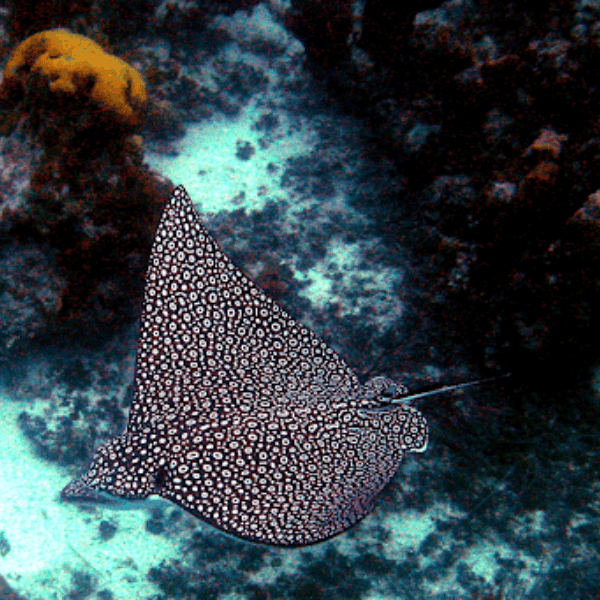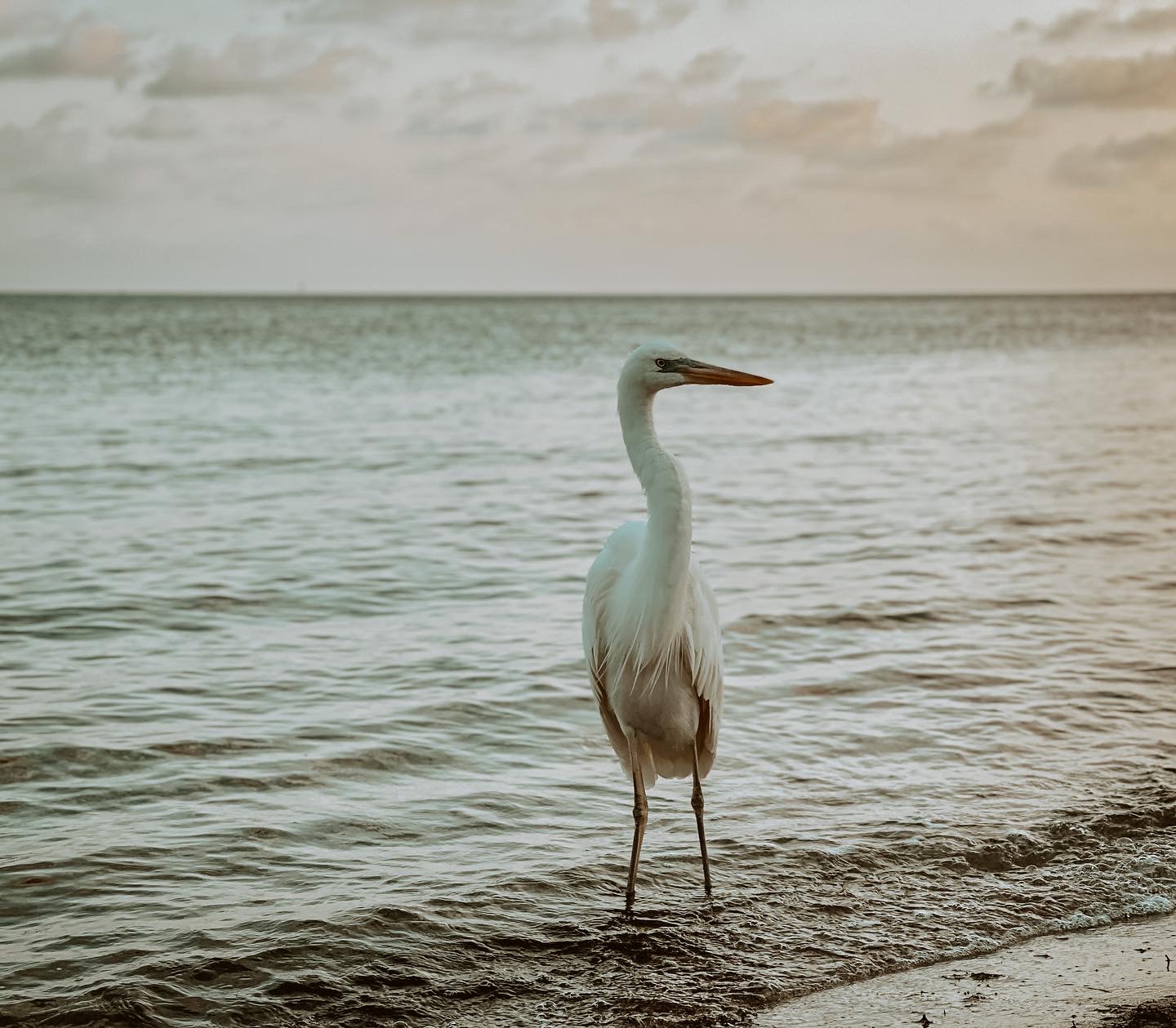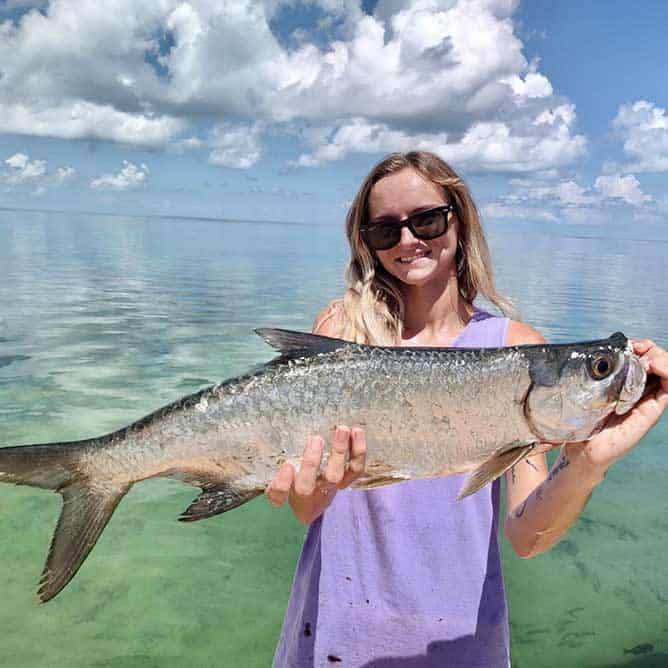The Spotted Eagle Ray (Aetobatus narinari) is a majestic creature that can be seen gliding through the waters here in the Florida Keys as well as tropical waters around the world. They can have wingspan of up to 10 feet and can get to 16 feet in length. Their large fins are used to propel them through the water and allow the rays to make long journeys in the open ocean.
The Spotted Eagle Ray attributes its name to the way it soars through the water almost as if it were flying. These rays are characterized by their white spotted pattern, and each individual has a unique pattern like a fingerprint in humans! Their beautiful markings and their ability to jump out of the water make them a sight to behold in the wild.
However, their populations are declining worldwide and are considered ‘near threatened.’ Although not usually intentionally caught, they are often bycatch in fisheries. This combined with their low reproduction rates has caused a decrease in their population.
There is much that is still unknown about Spotted Eagle Ray migrations, but they typically arrive in the Florida Keys in May and leave by September, spending much of their time swimming large distances south towards the Caribbean. They swim in schools or alone in the open ocean, often closer to the surface, and scientists believe they migrate to find prey. These rays use their plate-like teeth to crush and eat animals such as clams, oysters, sea urchins and shrimp.
They also have what is known as countershading, where one side is lighter and the other is darker which provides some camouflage. Spotted Eagle Rays also have venomous barbs on their tail which can be used when they feel threatened, but these creatures are not typically a danger to snorkelers or divers as they are docile.
Students here on Pigeon Key take the train along the Old Seven Mile bridge and participate in a bridge walk after learning about the habitats of the Florida Keys. Both are excellent opportunities to see Spotted Eagle Rays as well as many other marine creatures such as Southern stingrays, many species of sharks, and large tarpon. Their unmistakable spots and large wingspans make them very easy to spot from the bridge! If you’re lucky, you might even see one swimming around the dock right here on the island!




